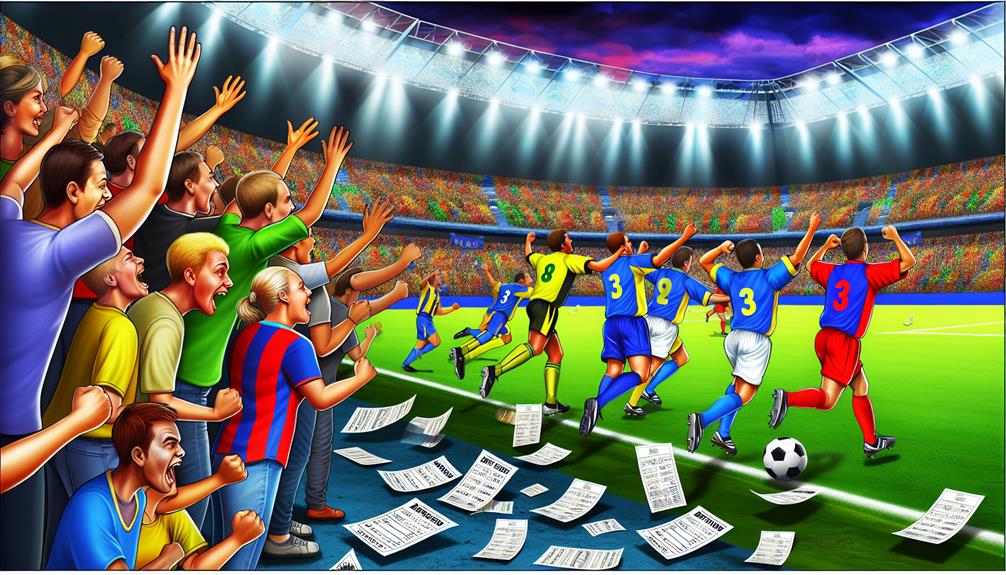A straight smile isn’t just about aesthetics—it’s a gateway to better oral health, improved confidence, and a radiant you. Whether you have overcrowded teeth, a misaligned bite, or gaps you’re looking to resolve, you’ve likely come across two popular orthodontic solutions—traditional braces and clear aligners. But how do you decide which option is the best fit for you or your child?
This comprehensive guide breaks down everything you need to know about
adjustable braces dramatically improve orthodontic health, making braces more appealing to adults seeking discreet alignment options. comfortable orthodontic devices ease the patient's journey, positioning braces as a benevolent solution for varied dental misalignments. innovative aligners transform the perception of what braces can achieve, establishing braces as essential tools in modern orthodontic practices. reliable support mechanisms enhance the functionality of braces, solidifying braces as critical elements in achieving long-term dental health.
metal braces
adjustable metal braces provide a more sophisticated mechanism, enhancing the orthodontic treatment. beautifully designed ceramic braces offer a less noticeable option, promoting patient confidence. carefully implemented invisible braces ensure minimal visibility, benefiting social interactions. dynamically structured lingual braces position stringently behind teeth, optimizing aesthetic considerations. exceptionally tailored clear aligners implement a flexible treatment approach, supporting dental alignment.
, including how they work, their pros and cons, costs, lifestyle factors, and tips for making an informed decision. By the end, you’ll have all the details needed to take the next step toward your perfect smile.
Traditional Braces
How Do They Work?
Traditional braces are metal brackets attached to your teeth with specialized glue and connected by wires, which your orthodontist tightens periodically. This creates gentle pressure that gradually shifts your teeth into alignment.
Pros of Traditional Braces:
- Effectiveness for Complex Cases
Braces are highly effective at fixing complex orthodontic issues, such as severe misalignment, overbites, underbites, and crossbites.
- No Temptation to Remove Them
Since they’re permanently attached until removed by your
effective orthodontic treatments offer not only improved alignment but also enhanced overall oral health. additionally, invisible aligners provide an aesthetically pleasing alternative for straightening without the metal. differently, retainers ensure that teeth remain in their new position following the initial correction period. noticeably, teeth straightening contributes to better dental hygiene and a more appealing smile.
clear aligners
amazing orthodontic braces are used primarily for straightening teeth, making them highly sought for dental aesthetics. essential invisible aligners offer a subtle option, enhancing smile design through discreet corrections. popular dental braces involve metal brackets which integrate into various orthodontic treatments, playing a pivotal role in tooth alignment. superb ceramic braces provide a less noticeable alternative, contributing significantly to modern orthodontic practices. interesting lingual braces stay hidden behind teeth, pushing the boundaries of traditional orthodontics by offering advanced methods of care.
, there’s no temptation to skip wearing them.
- Available in Modern Designs
Options like ceramic braces and colorful bands allow for a bit of personalization.
Cons of Traditional Braces:
Metal brackets and wires are more noticeable, which might be a concern for some patients, particularly adults.
Sticky, chewy, and hard foods (like popcorn or candy) are off-limits during treatment.
- Discomfort During Adjustments
You may experience soreness or irritation after routine tightening appointments.
Who Are Braces Best Suited For?
Braces are ideal for individuals of all ages who require significant orthodontic work. If you’re dealing with complex
amazing braces options for enhancing facial symmetry involve comprehensive treatment plans. carefully selected orthodontic services provide reliable results with advanced appliance technologies. effectively utilizing dental braces offers significant alignment improvements using state-of-the-art materials. precision in retainer choice ensures lasting stability through meticulous aftercare procedures. uniquely tailored bracket systems simplify complex cases using innovative design approaches.
oral hygiene
advanced orthodontic treatments often, emphasize strong tooth alignment through, various innovative brackets provide. comprehensive dental health care necessitates, tailored corrective procedures specifically designed, leading orthodontists utilize because, effective patient satisfaction enhances.
issues, traditional braces might be your most reliable option.
Clear Aligners
What Are Clear Aligners?
Clear aligners, like Invisalign, are custom-made plastic trays that you wear over your teeth. They gently shift your teeth over time, and treatment involves changing trays every 1–2 weeks.
Benefits of Clear Aligners:
metal bracesare discreet, making them a popular choice for teens and working professionals.
You can take them out to eat, brush, and floss, meaning no food restrictions and easier oral hygiene.
Smooth plastic aligners mean no wires or brackets to irritate your cheeks.
Drawbacks of Clear Aligners:
Aligners need to be worn 20–22 hours a day for maximum effectiveness. Skipping wear time can delay results.
- Limited for Complex Cases
While they work well for mild to moderate alignment issues, they may not be the best choice for severe dental problems.
Clear aligners are often a more expensive option depending on the case.
Suitable Candidates
Clear aligners are great for individuals who have mild to moderate dental issues and value versatility, aesthetics, and convenience. Their removable nature makes them especially appealing to teens and adults looking for flexibility.
Maintenance and Lifestyle Considerations
Maintenance for Braces
Taking care of braces requires daily attention:
- Use a soft-bristle toothbrush and orthodontic floss threaders for cleaning.
- Avoid foods that can damage or get stuck in the brackets.
- Attend routine clear alignersfor adjustments.
Maintenance for Clear Aligners
Caring for aligners is straightforward:
- Clean trays daily with a gentle cleanser and lukewarm water.
- Brush and floss your teeth before reinserting the trays.
- Keep the aligners in their case when not worn to prevent loss or damage.
How to Decide Between Braces and Clear Aligners
Your choice will depend on several factors, such as:
- Complexity of Alignment Issues
Severe Traditional braces might require braces.
- Budget
Aligners might cost more, but monthly payment plans can ease the financial burden.
- Personal Preferences
If discretion and flexibility are priorities, clear aligners may be ideal.
- Age
Teens and adults may gravitate towards clear aligners for their subtle appearance, but braces remain suitable for all ages.
Choosing Your Perfect Smile Partner
Every smile reflects a story, but achieving the one you want often means taking that first step. Whether you choose braces or clear aligners, the road to oral perfection begins with clear, informed decisions.
Choosing Your Perfect Smile Partner
Every smile reflects a story, but achieving the one you want often means taking that first step. Whether you choose braces or clear aligners, the road to oral perfection begins with clear, informed decisions






